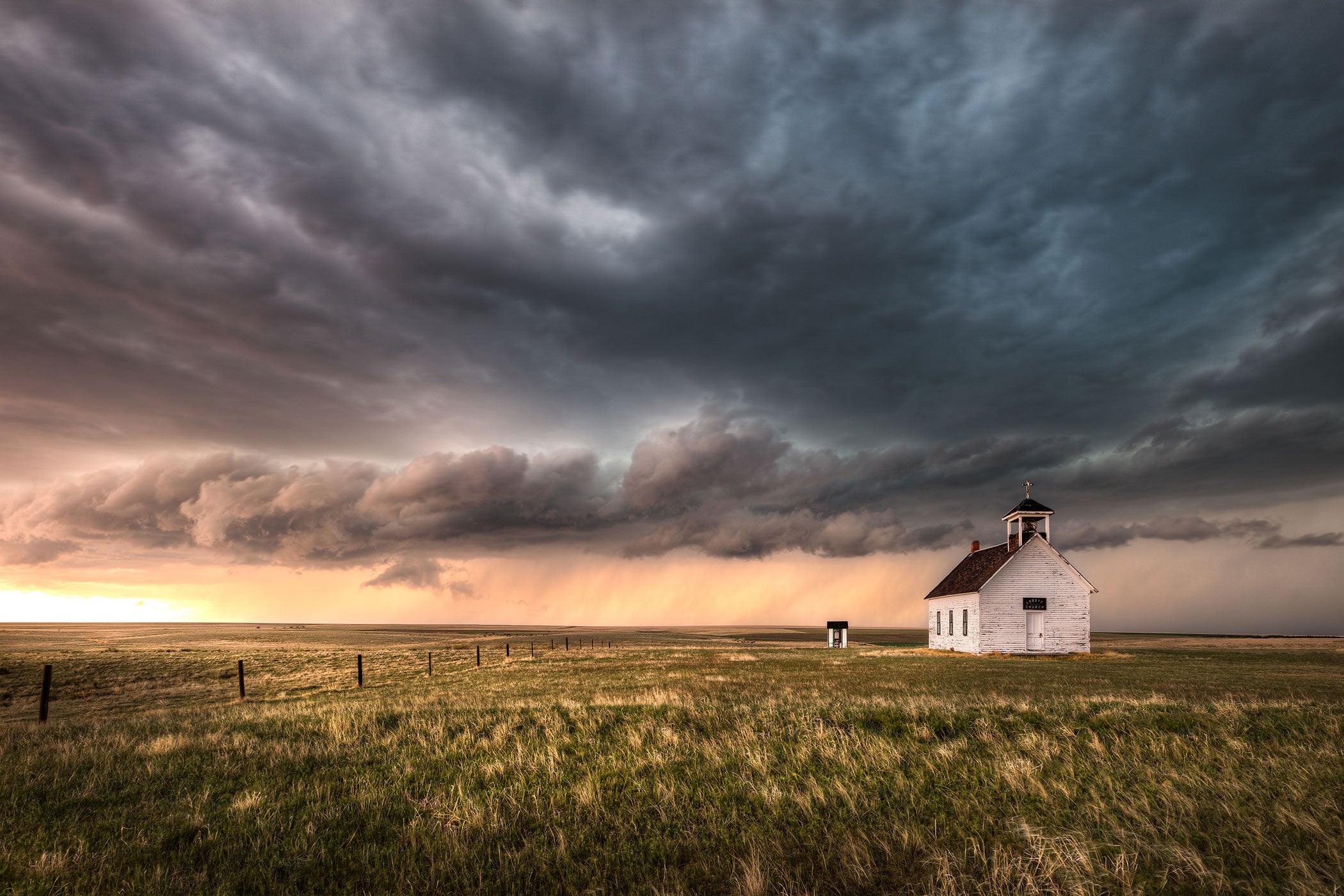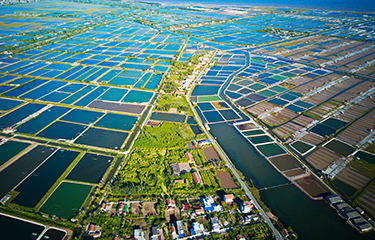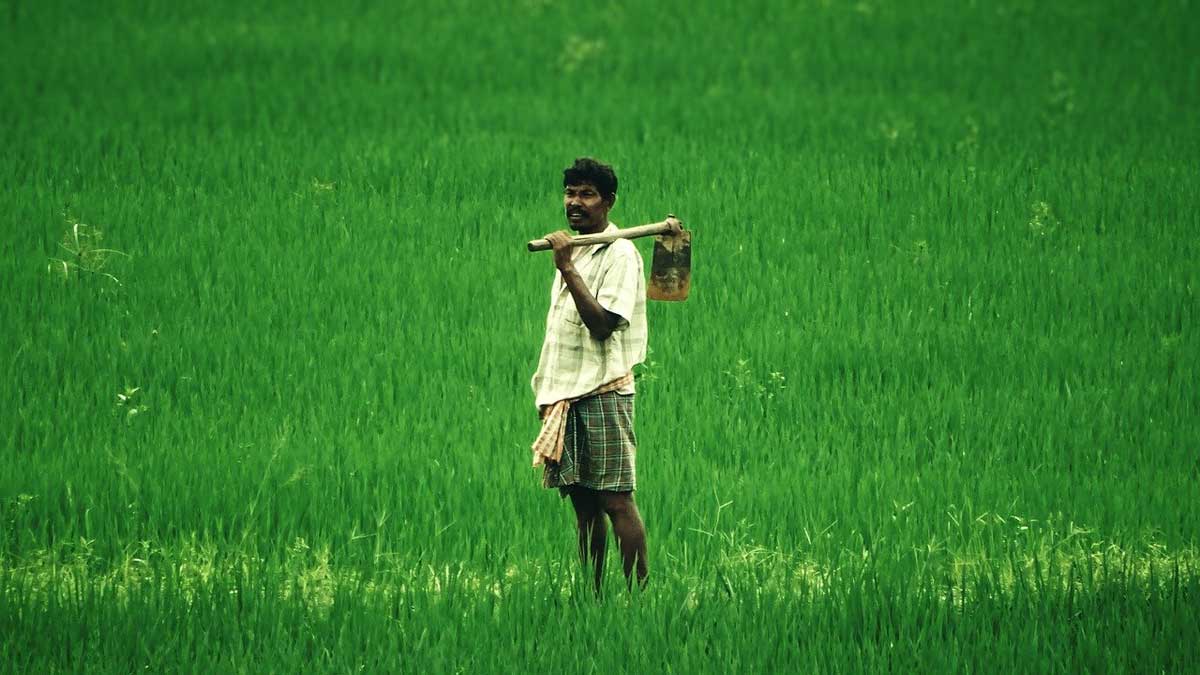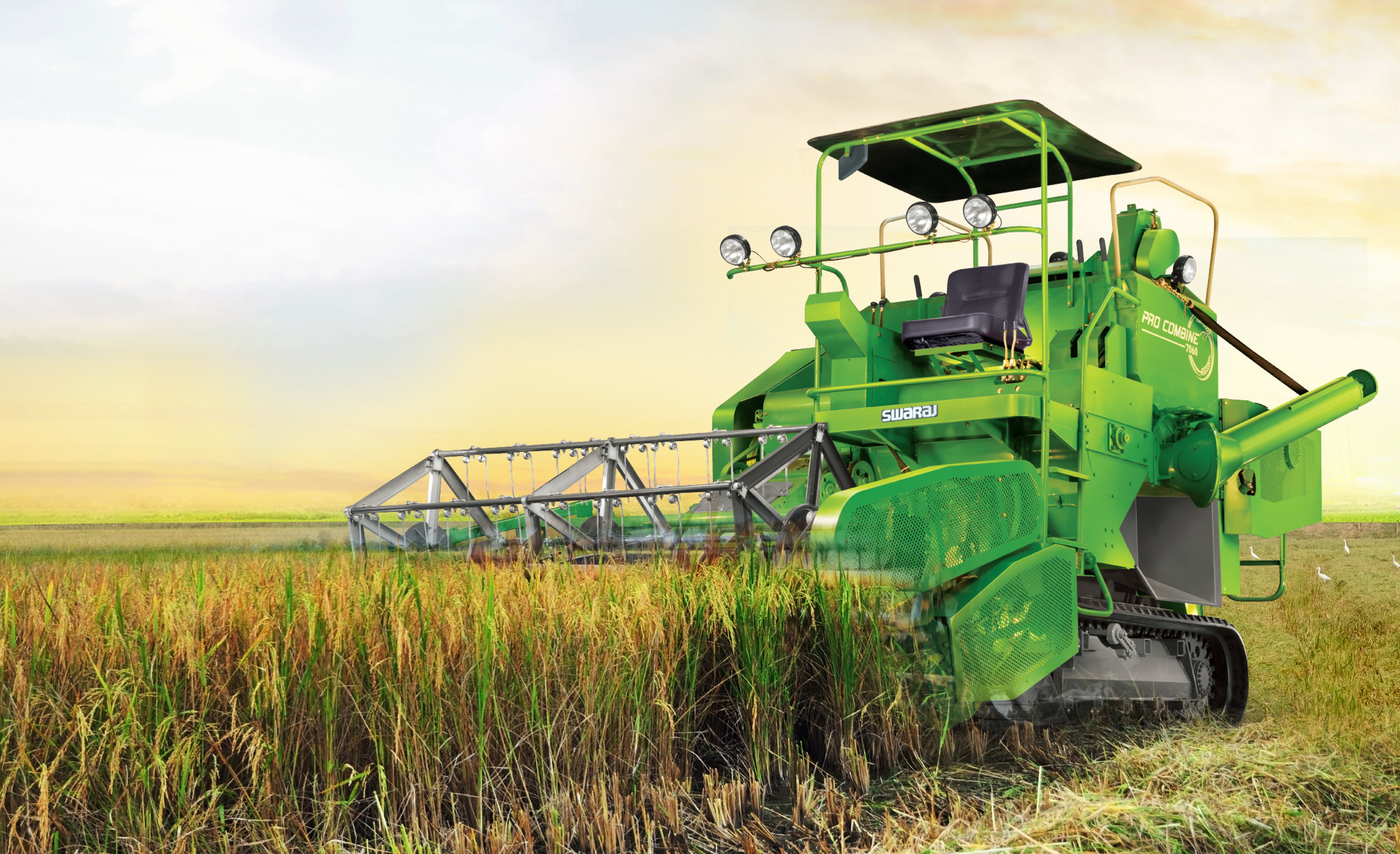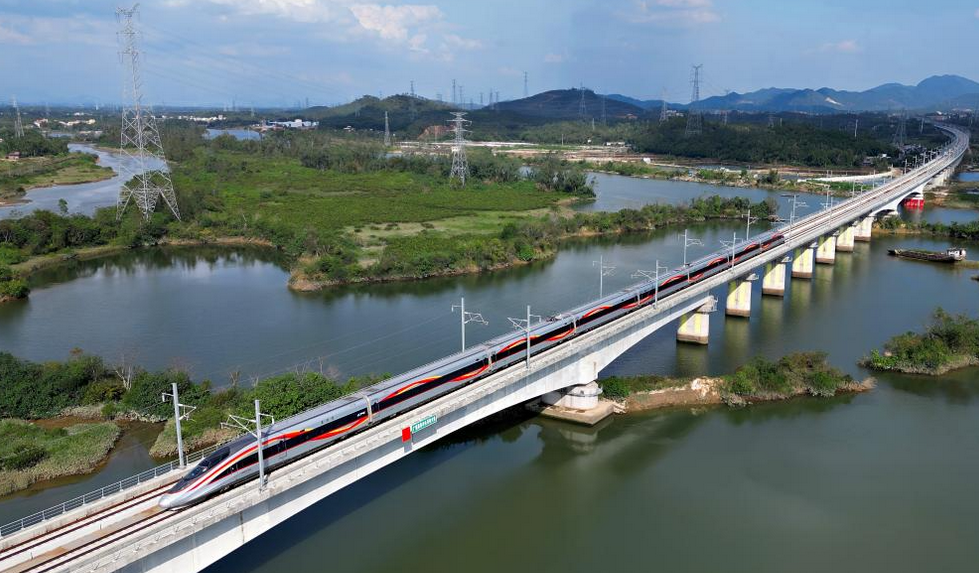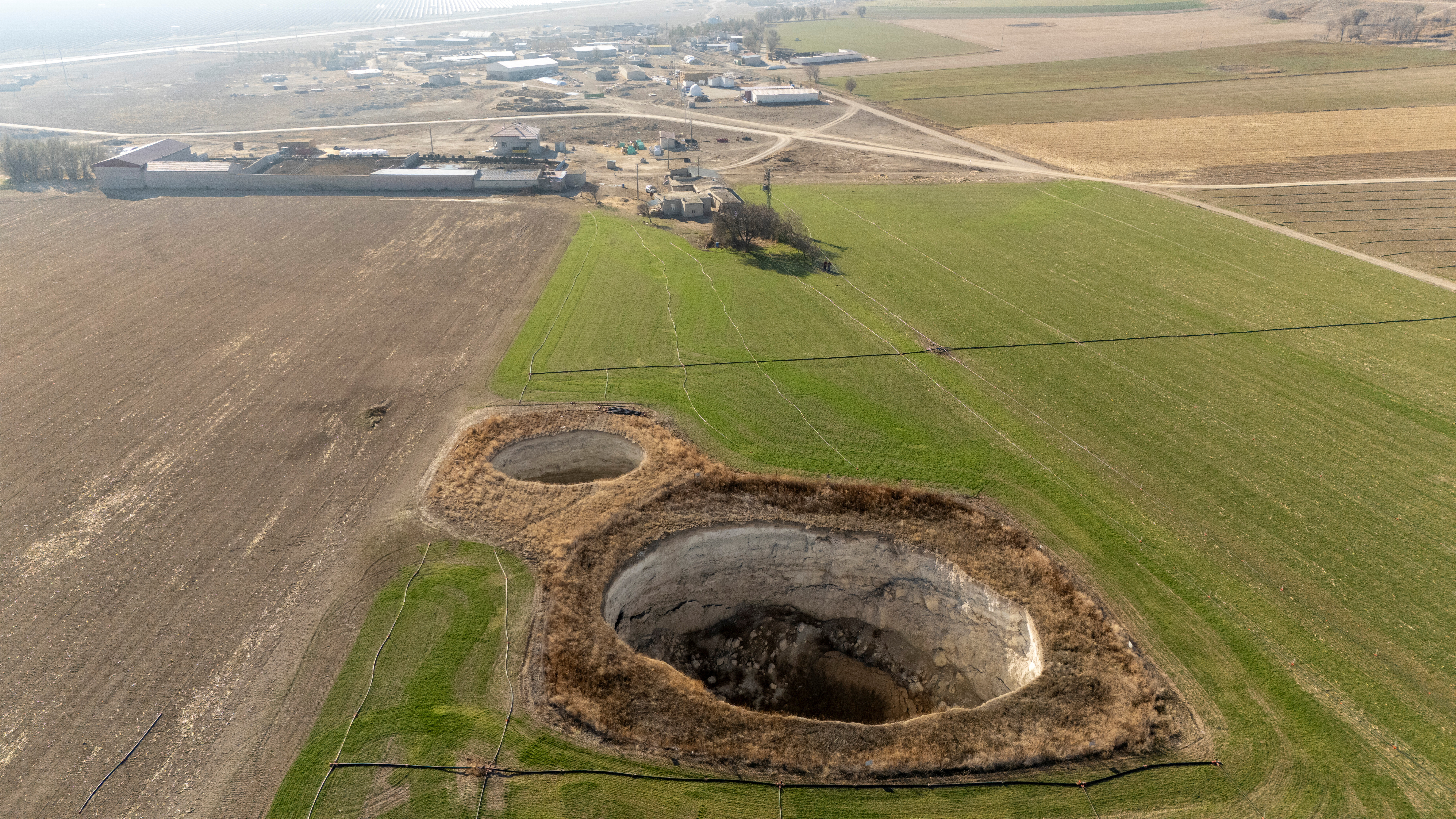A recent storm in Southland has brought to light the financial strain faced by local farmers and the limitations of current disaster relief funding.
Cam Nelson, a deer farmer based in Winton, reported that the cost to restore his 160-hectare property is projected to surpass $200,000, a figure that exceeds the total government relief allocated for the region.
Farmers assess financial impact after severe weather
Nelson described extensive damage to both fencing and trees on his farm.
“By the time the cleanup’s sort of done it’ll be probably $200,000. It’ll be $100,000 in fencing and then $100,000 in tidying up the trees,” he told RNZ.
He noted that returning the farm to full operation could take up to a year, even with the support of friends and family who assisted with the initial cleanup.
The storm affected approximately 1,200 animals on the property and arrived just ahead of calving season.
Nelson said the timing helped avoid further complications.
“If it was another two or three weeks, we would have had the hinds all set stocked and they’ll be calving and that would have been more chaos, because you can’t really move the hinds with the fawns,” he said.
Relief funds and insurance: complementary but limited
The Southland and Clutha Mayoral Relief Funds received a combined $150,000 to assist with recovery efforts.
Nelson expressed concern that this amount would not be sufficient for the scale of damage in the region.
“If I’m $200,000 in the hole with the damage, other people are going to be in big holes like that as well. And it’s not just us; it’s everyone else, you know?” he said.
Government officials have clarified the role of these funds. Emergency Management Minister Mark Mitchell said mayoral relief funds are intended to supplement, not replace, insurance and other forms of assistance.
Finance Minister Nicola Willis described the $150,000 as an “initial response,” with further assessments ongoing to determine additional needs.
Shifting landscape in agricultural risk management
The recent storm has renewed discussion about risk management strategies in agriculture.
While indemnity insurance remains the primary tool for covering losses from events such as storms, hail, and flooding, industry experts are highlighting the emergence of alternative models.
Julian Roberts, managing director for Risk & Analytics (Alternative Risk Transfer Solutions) at WTW, explained that traditional crop insurance often involves field-level assessments, which can delay payouts.
“Visiting farms and fields, often in remote locations can prove both time-consuming and may not give farmers the payouts they need to recover from losses when they need them,” he said.
Parametric insurance and technology-driven solutions
Roberts pointed to parametric insurance as an increasingly relevant solution. Unlike traditional indemnity policies, parametric contracts pay out when specific, pre-agreed thresholds – such as rainfall levels or temperature extremes – are met, without requiring proof of actual loss.
“They don’t rely on on-the-ground loss adjustment, as there is no need to prove loss, as in indemnity insurance,” Roberts said.
The use of satellite data is expanding the reach of parametric insurance, enabling remote assessment of conditions such as vegetation health.
This approach can benefit not only producers but also other stakeholders in the supply chain, including processors and retailers.
Roberts added that while designing parametric products requires expertise, the process for policyholders is intended to be straightforward, with prompt payments when conditions are met.
Source - https://www.insurancebusinessmag.com


